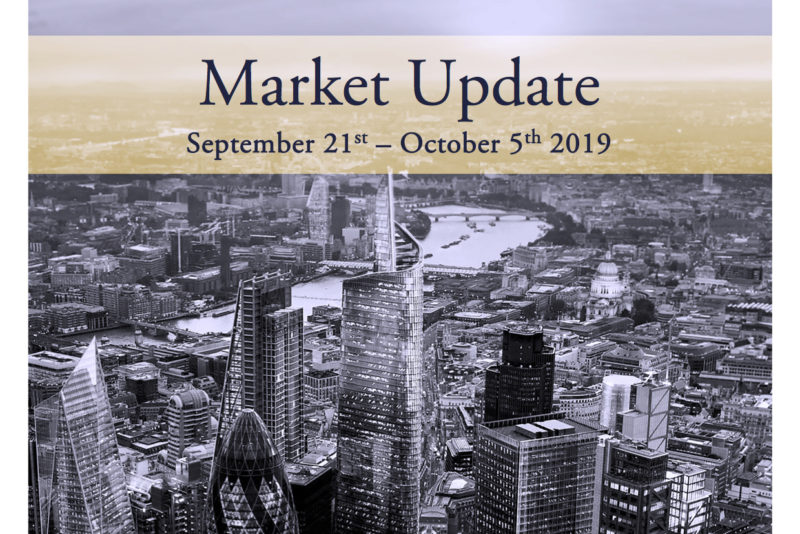This month the NIC members propose a diversified set of trading strategies, focusing mainly on Emerging Markets and Commodities. Be sure to check out the complete report here.
Market Outlook
It is a strange world we are living these days, one other major economic bloc (but the Eurozone) is willing to sacrifice future for current growth (as it should not be said, monetize the deficit…)
In the US, several members of the FOMC have been hinting for a new round of QE to take place in November, as households and financial institutions continue to deleverage, and the US economy fails to gain track. Exposed to the weakness of the USD, Japan and the UK are also pumping liquidity into the economy, albeit with different approaches. Having intervened to stop the appreciation of the JPY past the 82 level (buying over USD 23bn), the BoJ is engaging into its own “QE” by not sterilizing the intervention and setting interest rates to a range of 0% to 0.10%. As for the BoE, it has also been signaling in recent meetings that the current asset purchasing program may be expanded in the short term.
With markets already pricing a world with excess liquidity, this is a climate of risk-on, with major asset classes posting large gains in the past month. Gold is at all time highs, the Dollar Index has lost over 12% leading to a rally commodities, the SPX is testing the 1170 level and the Dow has breaken the important 11,000 technical.
What is in for the next month?
The US mid-term elections approaching, with the Republicans closer to gain majority in the senate, which may encompass a strong focus on cutting fiscal spending programs;
Earnings season in a corporate-led recovery;
A Eurozone running at two different gears: lagging countries undergoing fiscal tightening and Germany’s industrial indicators having consistently come above market consensus;
The extent until which the ECB will allow the Euro to rise in consequence of beggar-thy-neighbor policies, after a meeting of the IMF where policymakers
pledged to avoid currency wars/competitive devaluations;
Emerging markets eyeing inflation while needing to fight the appreciation of their own currencies (China, Korea, Thailand and Chile are expected to increase their rates in the next quarter);
The danger that the US QE comes smaller than expected, leading to a sharp rally in the USD and a selloff in bond markets.



0 Comments